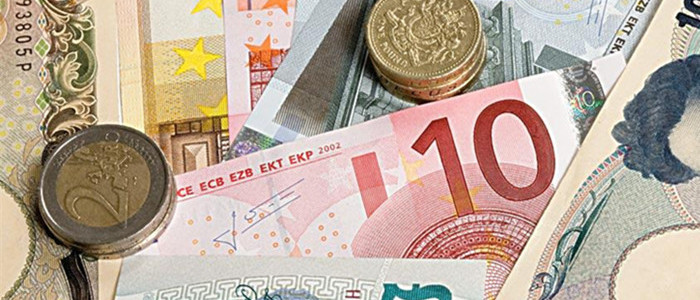China Some of Trump’s economic manifesto has been hazy but his attitude to China could not have been clearer. He will instruct his Treasury secretary to label China a currency manipulator, he will bring cases against Beijing to the World Trade Organisation, and he will consider imposing a 45% tariff on Chinese imports into the US to make it easier for American companies to compete. The US is the biggest single market for Chinese exports, accounting for about 20% of the total. There would be a risk that aggressive US trade policy could result in a marked slowdown in China’s growth and a loss of manufacturing jobs. Faced with that possibility, Beijing would have two choices. It might take an emollient line, promising to increase direct investment into the US as a way of supporting Trump’s attempt to rebuild the American economy. More likely, though, China would adopt an aggressive, nationalistic stance. Beijing is not without economic weapons, since it has amassed a vast stock of US Treasury bonds in recent years, the proceeds of its trade surplus with America. Beijing could meet Trump’s threat with one of its own: to dump US assets. A tit-for-tat trade war, in which China puts tariffs on US exports, could not be ruled out either. The rest of Asia Barack Obama has shifted the focus of US foreign policy. For most of the postwar period, Washington has looked eastwards across the Atlantic. Since the collapse of communist Russia and the rise of China, its gaze has been westwards across the Pacific. This has been reflected in all three manifestations of American power: military, diplomatic and economic. Obama saw the Trans-Pacific Partnership as a way of keeping countries such as Japan, Brunei, Singapore and Malaysia out of Beijing’s orbit. All these countries have an export-led model of growth and Obama’s plan was to create a US-led free trade zone that included all the major economies of the Pacific apart from China. That plan now lies in tatters. There will be no TPP under a Trump presidency and all the signs are that countries such as South Korea and Taiwan will be subject to the same protectionist strictures as Mexico and China. This would result in slower growth across Asia as exports and investment weaken. Japan, which has been in the doldrums for a quarter of a century and which remains on the brink of deflation, appears to be most at risk, but it is not alone in being anxious about the impact of Trump. In geopolitical terms, a tough US trade stance provides China with the opportunity to increase its influence in the region, bolstering economic ties and making countries of the Pacific rim less dependent on the American market.
